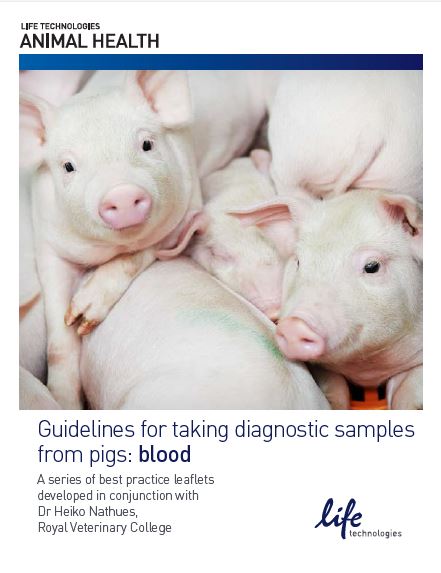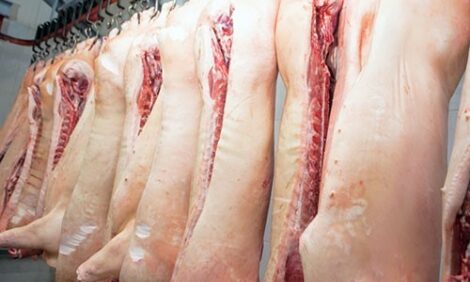



Diagnostics at Work: Blood Sampling in Pigs
GLOBAL - Blood samples can be tested for the presence of antibodies to a range of pathogens, explains Life Technologies.
Detection of antibodies (e.g., ELISA-based)—Blood samples can be tested for the presence of antibodies to a range of pathogens, including PRRSV, M. hyopneumoniae, SIV, Salmonella, Trichinella, PHV-1, CSF, etc. Serological testing is NOT suitable for ubiquitous pathogens such as PCV2, H. parasuis, A. pleuropneumoniae, L. intracellularis, etc. Always bear in mind that antibodies, especially in young pigs, can be maternally derived and/or can occur after vaccination as well as after exposure to field strains of the pathogen.
Detection of pathogen RNA/DNA (PCR-based tests)—The presence of pathogens causing viraemia, such as PRRSV, PCV2, CSF, etc., can be confirmed in blood.
Animal Selection
Deciding which animals to take samples from depends on the desired outcome:
Detection of infection—Select animals with clinical signs.
Absence of infection—Select animals with clinical signs; if there are no symptoms
present, take samples from animals selected at random during a walk through
the pens.
Tracking infection status over time (i.e., longitudinal examination)*—Take the first
samples on day 1 and repeat sampling from the same animals 2 to 4 weeks later
(6 weeks later when M. hyopneumoniae is suspected in unvaccinated animals).
To determine the infection status in different groups (i.e., cross-sectional
examination)*—Take samples from animals of different ages, e.g., 4, 8, 12, 16, 20, and
24 weeks of age.
For practical information on how to determine sample size, preparation and collection of blood samples, and storage and shipping your samples, view and download an informational brochure, “Guidelines for taking diagnostic samples from pigs: blood,” courtesy of Thermo Fisher Scientific.









